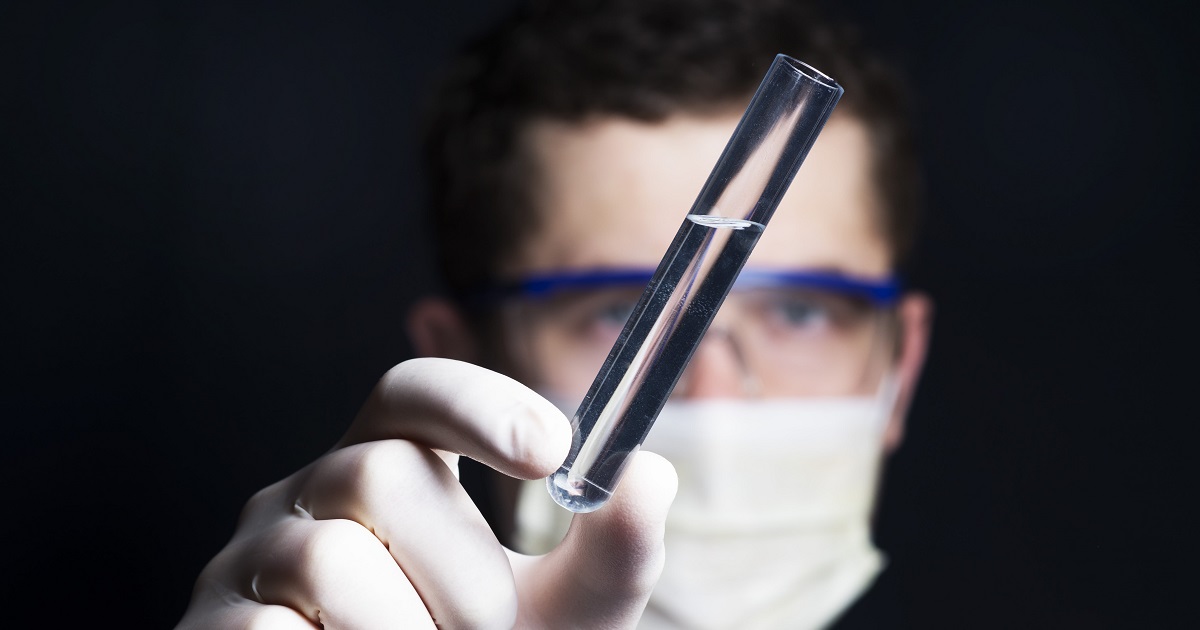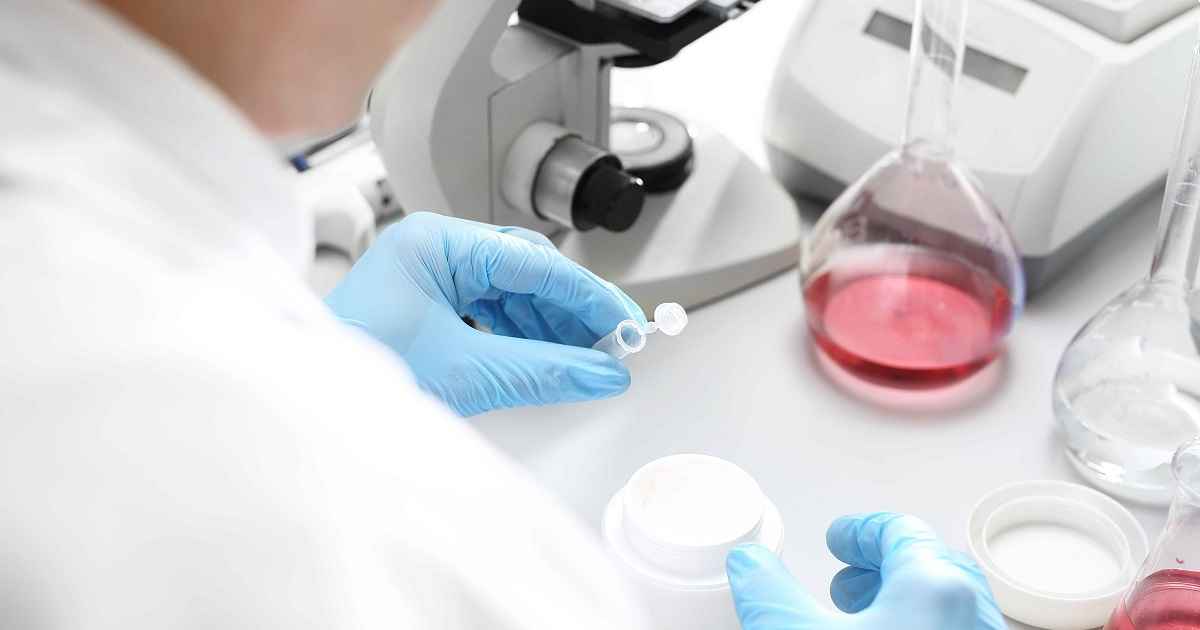
Chemical Management
LyondellBasell | February 02, 2024
LyondellBasell and MSI Technology, LLC announced they have entered into an agreement for MSI Technology to serve the LyondellBasell Polybutene-1 (PB-1) resin line into consumer packaging applications for North America. MSI Technology is also the sales representative for the LyondellBasell Plexar product line. The expansion of the relationship is a strategic fit relative to the markets MSI Technology serves today. MSI Technology will use its technical sales approach combined with its current specialty product portfolio to enhance offerings to customers in consumer packaging.
LyondellBasell PB-1 resins are commonly used in consumer packaging applications for easy-open packaging and film modification for seal initiation temperature providing
Broad seal-peel temperature range
Consistent and reproducible peel performance
Adjustable peel force to end-use requirements
Similar initiation and propagation peel force
"Whitening" with "Smooth & Clean" peel surface
Good seal integrity
Easy processability
Usable in blown film, cast film, extrusion coating and sheet extrusion
"At LyondellBasell, we're passionate about creating solutions for everyday sustainable living," said Palmer Giddings, vice president Polymers at LyondellBasell. "Collaborating with MSI Technology on innovative packaging solutions is a major step forward in achieving that goal."
"We are thrilled to expand our collaboration with LyondellBasell," said Brian McCaghy, president of MSI Technology. "The PB-1 resins align perfectly with our mission to provide specialty polymers and solutions to the packaging industry."
The PB-1 resin line is part of MSI Technology's product offerings. The company also provides clients with access to dedicated sales and technical service specialists who provide guidance on technical resin selection to meet customer requirements.
About LyondellBasell
We are LyondellBasell – a leader in the global chemical industry creating solutions for everyday sustainable living. Through advanced technology and focused investments, we are enabling a circular and low carbon economy. Across all we do, we aim to unlock value for our customers, investors and society. As one of the world's largest producers of polymers and a leader in polyolefin technologies, we develop, manufacture and market high-quality and innovative products for applications ranging from sustainable transportation and food safety to clean water and quality healthcare.
About MSI Technology, LLC
MSI Technology specializes in the sales, marketing, and development of specialty polymers. Our product lines include: Plexar tie-layer adhesives (manufactured by LyondellBasell), SPS peelable sealants, and SpeciPurge purging compound. MSI Technology and its sister company, Soarus LLC, are located in Arlington Heights, IL. Soarus markets Soarnol™), ethylene vinyl alcohol copolymer (EVOH), (manufactured by Mitsubishi Chemical Group) into North and Latin America. The two companies together provide sales and technical service for specialty polymers focused on the packaging market.
Read More

Chemical Technology
Chemify | January 23, 2024
Chemify and Prepaire™ Labs announced to expand their partnership with an additional program to tackle the ongoing Opioid crisis and develop a novel class of digitally discovered non-addictive Opioids as pain modulators, as well as drugs tackling Opioid addiction directly by combining Chemify's breakthrough programmable chemistry platform with Prepaire’s integrated novel open collaboration drug discovery platform. The project, named Toxifree, comes in response to the FDA’s Center for Drug Evaluation and Research (CDER) requesting drugmakers and researchers to develop treatments for stimulant use disorder, hoping to address a major gap in the addiction crisis response.
After a successful initial partnership, Chemify and Prepaire are now aiming to leverage Chemify's Chemputation technology which enables the automated and integrated design, discovery, and synthesis of complex molecules on demand using a chemical programming language and Prepaire's advanced open-architecture drug development platform.
Under the terms of this partnership, Chemify will design and discover novel compounds to identify Opioid-derived hits and develop them further into candidates. Chemify will receive at least USD $30 million in payments and pre-negotiated, success-driven clinical and regulatory milestones for each developed molecule, as well as single digit royalties on any resulting products.
Lee Cronin, Chemify's Founder and CEO and Regius Professor of Chemistry at the University of Glasgow has extensive experience leading research efforts to develop solutions for the opioid crisis. Cronin lead a team that won several NIH-prize challenges including winning the grand runner up prize for the design, discovery and automated synthesis of next generation, safer and non-addictive drug-candidates to help address the opioid crisis.
"We are extremely excited to combine Chemify's technology for molecular design, discovery and synthesis with the integrated Prepaire platform to expand our collaboration and create a fully integrated, digitally driven drug discovery approach. With this partnership we are breaking ground on a new pain modulation discovery program that aims to tackle the global need for better and non-addictive pain medication. With our unique design approach guided by Chemputation, we are utilizing an evolutionary approach to discovering novel compounds to solve this devastating and critical healthcare need," said Professor Lee Cronin, Chemify's Founder and CEO.
"Our partnership with Chemify allows our discovery platform to integrate directly with Chemify's chemical space exploration approach, enabling us to access novel chemical matter that would have otherwise been inaccessible. As we progress our collaboration, we are aiming to build an integrated approach that can be used for many more indications beyond novel pain modulators. There aren't any approved treatments to help address addiction to opioids, whose use has surged in recent years. The purpose of this FDA guidance is to assist in the clinical trial designs for the development of novel drugs to support indications for treatment of moderate to severe cocaine use disorder, treatment of moderate to severe methamphetamine use disorder, or treatment of moderate to severe prescription stimulant use disorder," said Dr Vicent Ribas, Prepaire’s Co-Founder.
About Chemputation
Digital chemistry applies principles of computation to chemistry for programable chemistry and Chemify has developed the underpinning infrastructure to make this possible for chemical discovery and synthesis. Like a computer program, digital chemistry programs can automatically run chemical experiments, make new molecules, and ensure that complex chemical recipes are always accessible and perfectly reproducible. Chemical programs are precise pieces of code that allow fully transparent and reliable operation allowing the implementation of AI and other techniques with full audit and safety.
About Chemify
Based in Glasgow, Chemify is a pioneering company digitizing chemistry to provide world-leading pharmaceutical, biotechnology, and industrial partners access to an exponentially growing space of novel molecules and materials. By leveraging decades of chemistry experience, hardware robotics, and artificial intelligence, Chemify's Chemputation technology enables companies to access an end-to-end workflow for drug discovery, molecule synthesis, and materials discovery. Chemify was founded by CEO Lee Cronin based on conceptual advancements from Cronin's Digital Chemistry Laboratory at the University of Glasgow in Scotland. By building the infrastructure to digitize chemistry, Chemify is reimagining chemical research, discovery and manufacturing to benefit all of humanity by accelerating advances across chemistry with a focus on medicine and functional materials.
About Prepaire Labs
Prepaire Labs is a pioneering healthcare technology company focused on revolutionizing drug discovery and precision medicine. Through the integration of deep learning and biology, Prepaire Labs builds predictive models grounded in genetic, phenotypic, and clinical data. These models form a view to the underlying architecture and biology of diseases. Prepaire Labs utilizes patient-derived induced pluripotent stem cells (iPSCs), genome editing, high-content cellular phenotyping, and machine learning to create in vitro disease models that optimize genetics, cell-type, environment, and multidimensional data collection for increased predictability of human clinical outcomes. A state-of-the-art BSL3 lab is opening in May 2024, located at Masdar City, Abu Dhabi, UAE.
Read More

Chemical Management
LyondellBasell | January 24, 2024
LyondellBasell (LYB), a global leader in the chemical industry, is proud to announce the release of a cross-linkable, all-in-one flame-retardant compound, Petrothene T3XL7420, which is expected to deliver considerable cost savings while streamlining manufacturing processes. This new product offering also improves the quality of end products for wire producers in the automotive and appliance industries. Based on customer demand and industry need, LyondellBasell designed this innovative compound to address the need to optimize production line speeds and enhance manufacturing efficiency.
Petrothene T3XL7420, is specifically formulated for use in Society of Automotive Engineers (SAE) primary wire applications, International Organization for Standardization (ISO) thin wall applications, and Underwriters Laboratories (UL) and Canadian Standards Association (CSA) appliance wire. Petrothene T3XL7420 offers several benefits that make it an attractive option for wire producers, including enhanced cure kinetics, increased stiffness for easier small gauge wire assembly and better barrier performance compared to other Petrothene XL.
"Developing innovative solutions to address the ever-evolving needs of our customers is an important aspect of how we operate and continue to grow our market share," said Palmer Giddings, vice president Polyolefins at LyondellBasell. "Providing cost effective and efficient solutions that are UL and CSA certified, gives us a market advantage for this one-of-a-kind solution."
Petrothene T3XL7420 has undergone rigorous testing and certification processes to ensure its quality and reliability. With this latest development, LyondellBasell reinforces its position as a leading provider of innovative solutions for the wire and cable industry and expects this compound to become the product of choice for a wide range of automotive and appliance wiring applications.
About LyondellBasell
We are LyondellBasell – a leader in the global chemical industry creating solutions for everyday sustainable living. Through advanced technology and focused investments, we are enabling a circular and low carbon economy. Across all we do, we aim to unlock value for our customers, investors and society. As one of the world's largest producers of polymers and a leader in polyolefin technologies, we develop, manufacture and market high-quality and innovative products for applications ranging from sustainable transportation and food safety to clean water and quality healthcare.
Read More